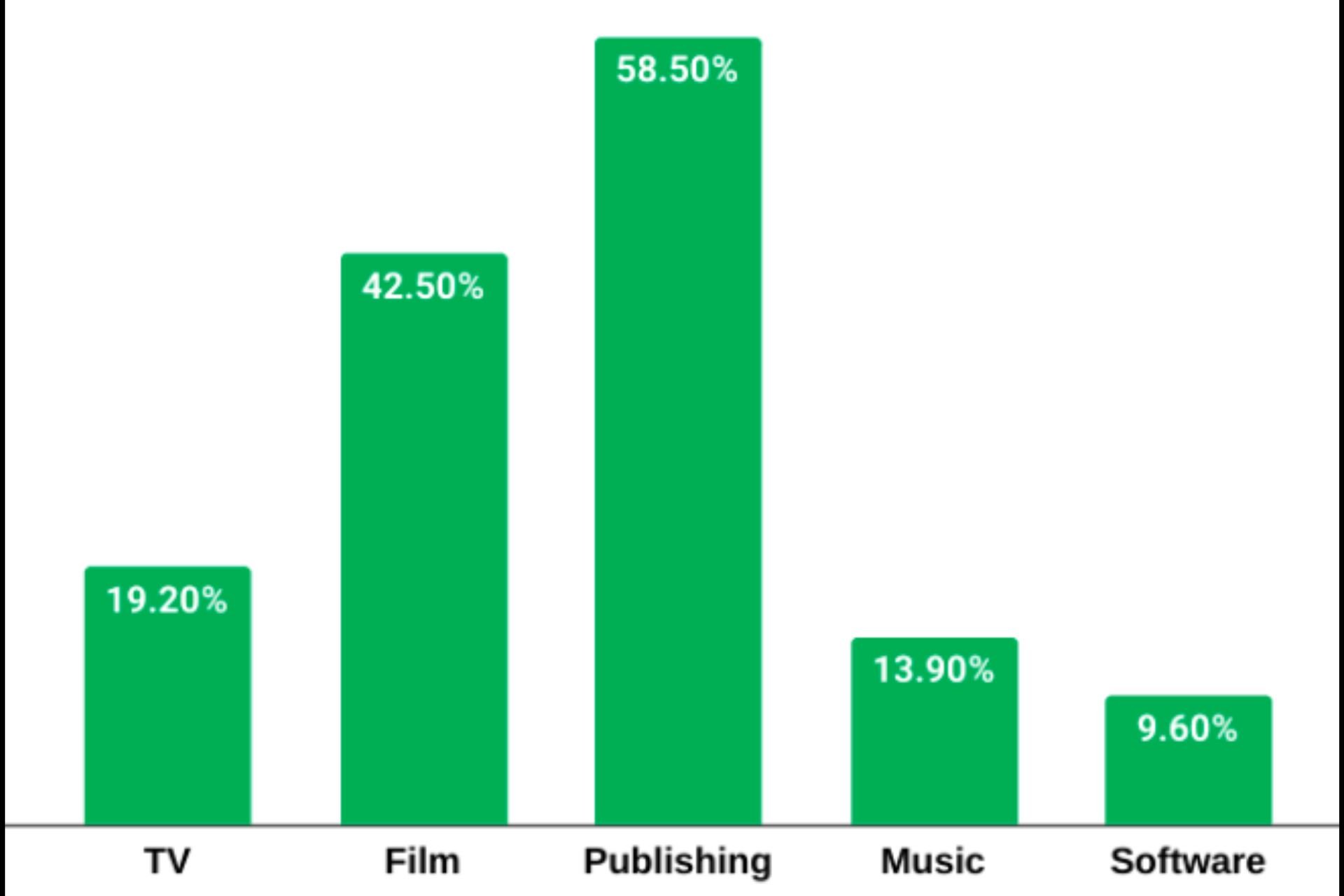Osteo-odonto-keratoprosthesis
Osteo-odonto-keratoprosthesis (OOKP), also known as "tooth in eye" surgery,[1] is a medical procedure to restore vision in the most severe cases of corneal and ocular surface patients. It includes removal of a tooth from the patient or a donor.[2]
After removal, a longitudinal lamina is cut from the tooth and a hole is drilled perpendicular to the lamina. The hole is then fitted with a cylindrical lens. The lamina is grown in the patients' cheek for a period of months and then is implanted upon the eye.
The procedure was pioneered by the Italian ophthalmic surgeon Professor Benedetto Strampelli in the early 1960s. Strampelli was a founder-member of the International Intra-Ocular Implant Club (IIIC) in 1966.[3]
An operation to graft the OOKP is undertaken in severe pemphigoid, chemical burns, Stevens–Johnson syndrome, trachoma, Lyell syndrome and multiple corneal graft failure.[4]
There is a significant risk of anatomical failure of lamina in the long term, estimated at 19% in a small study,[5] with the main risks being laminar resorption, particularly in allografts, and glaucoma.










